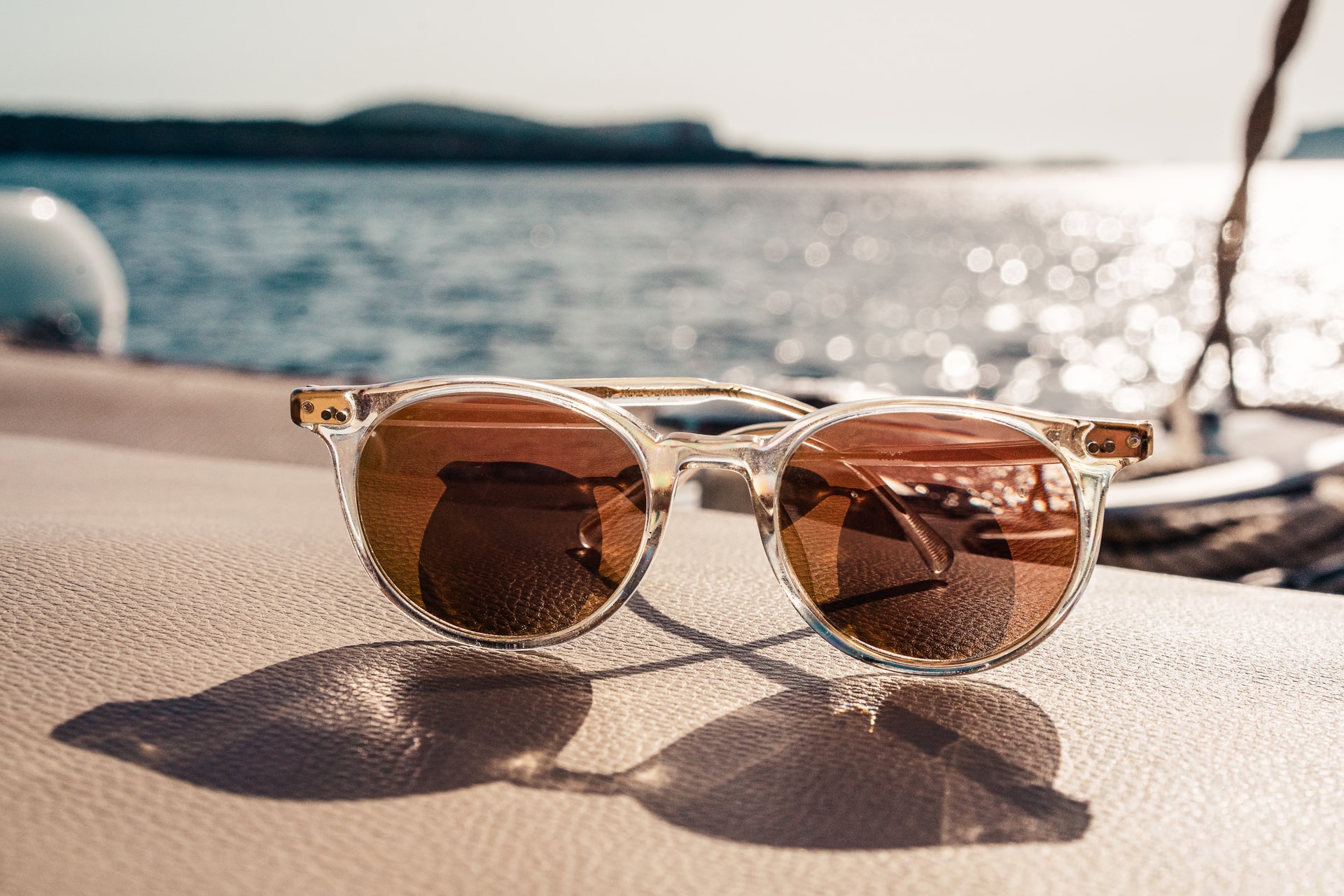Eye fatigue may not be among the 10 things you most want to consider. It's not sexy, stylish or particularly exciting-we get it! That is to say, all of us have experienced headaches, blurred vision and eye discomfort caused by overexposure to the screen.
Medical professionals call it "Computer Vision Syndrome" (CVS), but we call it: eye strain caused by computer screen time. When it grows out, the best you can do is to let go of a pair of ibuprofen and pray for the best. As with many health conditions, the best way to prevent visual fatigue is to adopt healthier methods to prevent it.
Don’t worry, we don’t recommend that you quit your job, leave your phone in the river, and never waste screen time. Just like awkward Tinder dates and Instagram influencers, long screen exposures are the unfortunate reality of this hyper-digital era. Our devices may tire our eyes, but they also keep us in touch, efficient, informed and entertaining.

If you don't adjust the seats and rearview mirrors, you won't buy one-size-fits-all high heels or drive a car. Whether we are talking about Armani suits or seat belts, the size and fit are the same-so are your desk settings and equipment settings.
First customize the display of the device. The default settings are usually too bright, too rough and too high in color temperature. To reduce eye strain, please lower the color temperature of the monitor. If you are sitting in front of the screen in the evening, activate the blue light suppression mode of your device to limit retinal damage and promote healthy sleep patterns.
When positioning, your computer screen should be about an arm's length from your eyes, and should be slightly below the height of your eyes. If you are sitting at a desk with a standard height, you may need to raise the monitor slightly. Don't worry: a bunch of unused hardcover books can work, let's face it, in any case, you may never read Moby Dick's one.

